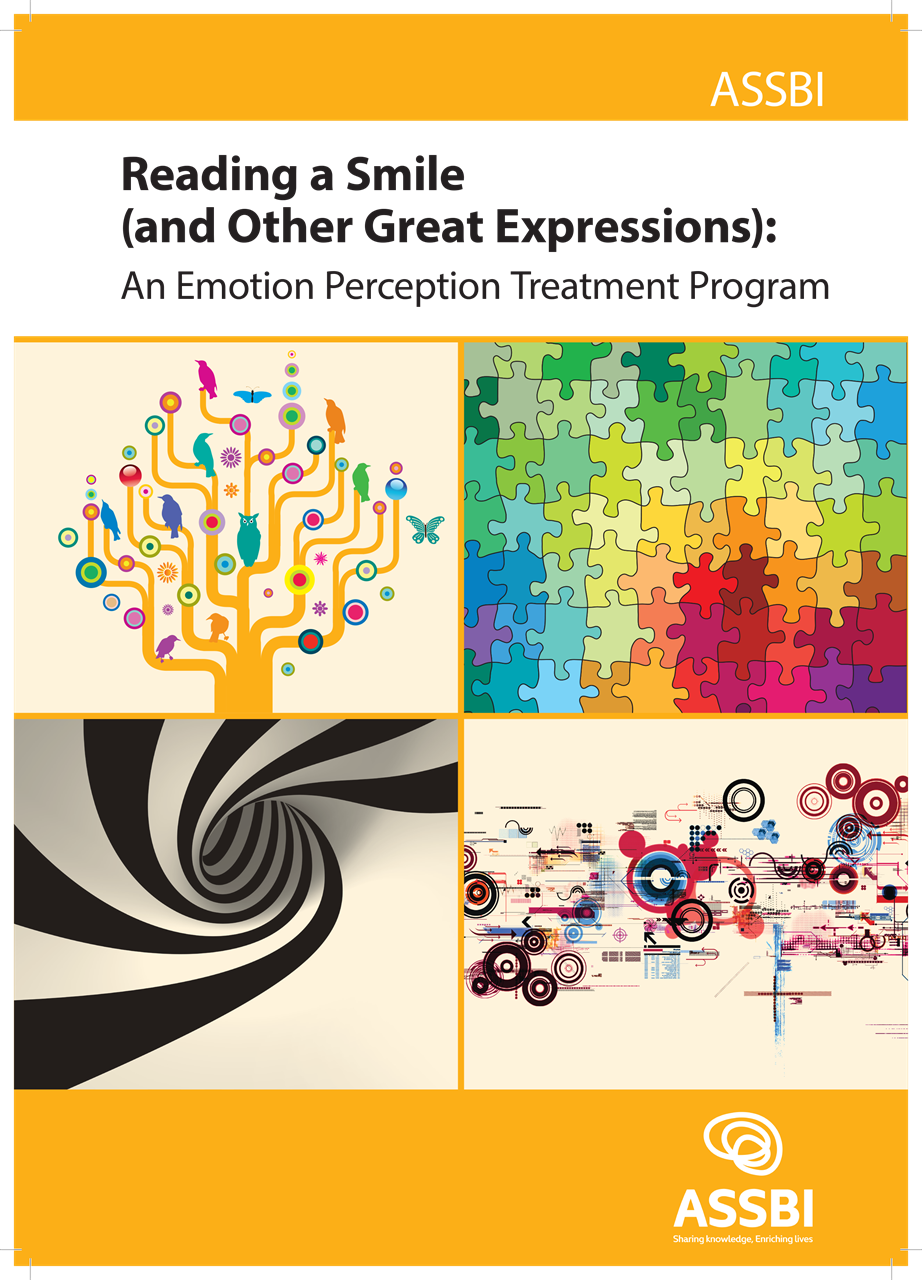|
Reading a Smile (and Other Great Expressions): An Emotion Perception Treatment Program
Written by Cristina Bornhofen & Skye McDonald “Reading a smile (and other great expressions)” is an empirically tested program developed by Clinical Psychologist Cristina Bornhofen and Neuropsychologist Skye McDonald designed to remediate emotion perception. Initially designed for people with acquired brain injuries it is also suitable for any population in need of emotion perception training and is designed specifically for clients with cognitive impairments. The emotion perception rehabilitation program has been empirically tested and shown to be effective in a randomized controlled trial. “Reading a smile” is designed to encompass several theoretical and empirically established principals of remediation, including errorless learning and self-instructional training in emotion recognition. Learning and motivation is enhanced by distributed and massed practice and game based practice activities. Emotion perception skills are developed progressively using hierarchically structured presentations and vivid exaggerated stimuli commencing with simple unimodal stimuli, and building up to cross modal and complex, ecologically valid tasks of emotion perception. Early sessions commence with simple exercises in emotion perception and later ones work on more complex ecologically valid situations. The program is designed to work with two clients and a therapist. The manual is organized into 13 sessions that each focus on a different aspect of emotion recognition training. Units 1 and 2 establish the program material and structure, including its format, rationale and vocabulary. Units 3 to 9 train basic aspects of emotion perception using situational, facial, prosodic and gestural cues, building from static unimodal material to dynamic and multimodal stimuli. Units 10-13 provide more advanced training in the use of emotional cues to interpret behavior in social exchanges. While the units do follow an inherent order, therapists may need to be flexible in the pace and extent of material covered depending on their particular client’s needs. The manual is supplemented by a number of different stimuli to facilitate emotion perception training. It has game boards and packs of cards depicting facial expressions. It also has video and audio exemplars to facilitate training. Each module is accompanied by home work sheets, summaries and prep checklists. Overall, this program represents an integrated, empirically validated and programmatic intervention for emotion perception disorders in anyone who has trouble in this area. The intervention can be further enhanced by social skills training and interventions to manage social anxiety and/or depression. The Awareness of Social Inference Test (TASIT) can provide a good initial assessment of emotion perception difficulties that can inform clinicians about whether an intervention for emotion perception is required. |




